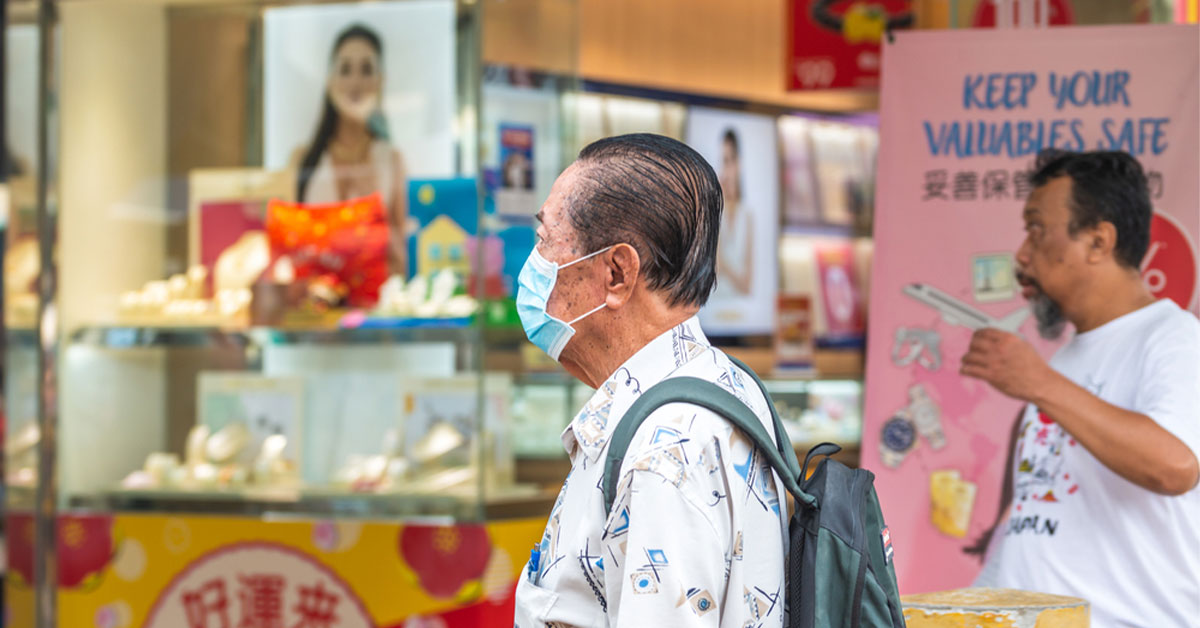Every day, Singaporeans check the various news apps on their phone, hoping to read articles likes “Vaccine Found, Covid-19 Defeated!”, or “Travel Now Allowed, Coronavirus has Vanished!”
But sadly, we read articles about leisure travel not being possible for the rest of the year, and NUS students strangling their ex-girlfriends instead.
Good news is not exactly easy to come by these days.
Today, however, is different. Today, I have good news for you.
We aren’t allowed to travel just yet, and the coronavirus has not been defeated, but there are signs that we are winning the battle with the disease.
Average Daily Community COVID-19 Cases Have Dropped Since 14 July
With GE2020 having brought more people together than bubble tea or the World Cup, many feared that the number of coronavirus cases would rise faster than sea levels in East Antarctica.
Yet, the average number of new daily coronavirus patients in the community has been steadily falling since 14 July, reported The Straits Times.
This means that yesterday (21 July) was the eighth day in a row the figure has decreased.

Since the circuit breaker was lifted on 2 June 2020, infections in the community increased, prompting concerns that we would soon enter a circuit breaker sequel: Circuit Breaker 2: The Return of Lukewarm Prata & Bubble Tea Closures.
But cases started dwindling instead, and the figure has dropped to 10 cases in the past week from 13 cases two weeks ago, said the Ministry of Health (MOH).
Unlinked Cases Also Dropped
And that’s not all.
The number of new unlinked community cases in a week has also dropped from a daily average of seven two weeks ago to six in the past week.
The six unlinked cases were workers in essential services who are living outside the dormitories, detected from MOH’s proactive screening.
Five of them were asymptomatic.
All Migrant Workers Should Be Cleared of Covid-19 By Mid-August
As you know, the coronavirus outbreak in Singapore has disproportionately affected migrant workers.
In fact, nearly 94% of infections here have been in migrant worker dormitories.
This isn’t their fault, of course.
As South China Morning Post reported, the fundamental issue is the poor living conditions faced by these men.

As you can see, these men sleep on bunk beds with 12 to 20 people packed into a room ventilated by small fans attached to the ceiling or walls.




